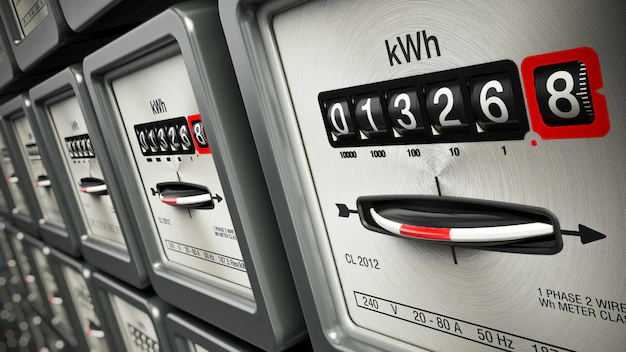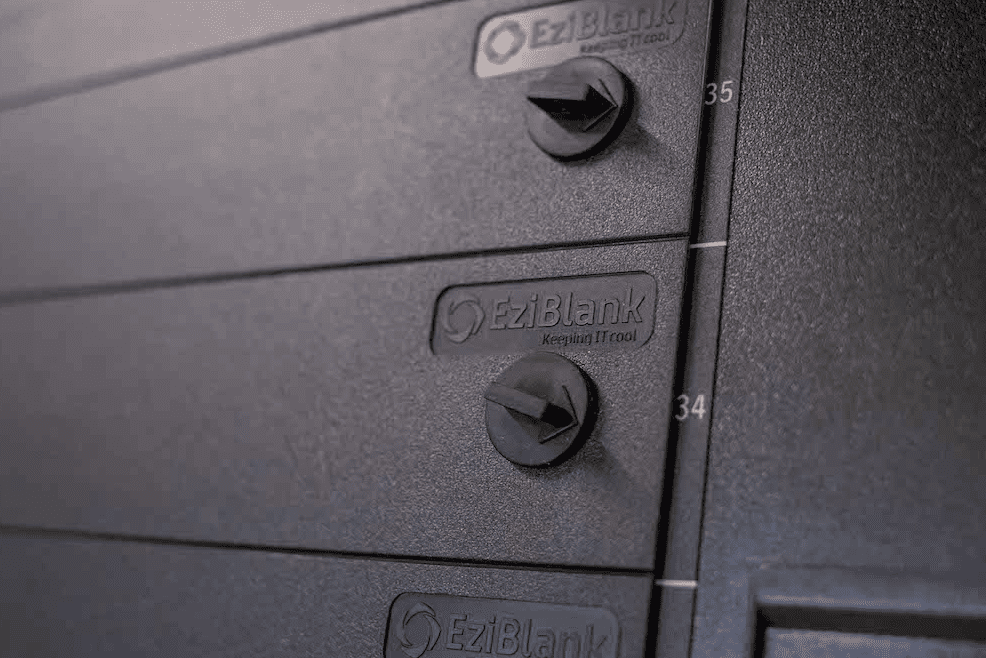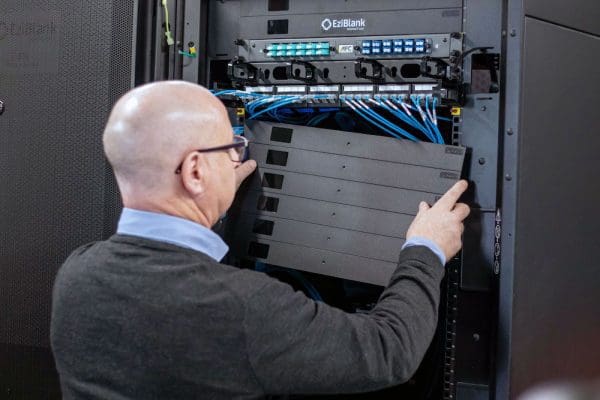Data Center Energy Efficiency Measures
Data centers are a vital part of an increasingly digital world. However, they also consume a huge amount of energy, meaning that the data center industry has a significant carbon footprint.
Therefore, improving the energy efficiency of data centers is a priority for owners – not only for environmental reasons but also to drive down energy costs.
But how is it possible to make data centers more energy-efficient without compromising data usage and customer satisfaction?
This guide explains the best methods for cutting energy consumption and reducing energy waste of your data center.
In the article:
[—ATOC—]
[—TAG:h2—]
What are Some General Energy Efficiency Measures?
Some measures designed to improve energy efficiency include:
- Separating hot and cold air, thus reducing the workload of cooling units
- Protecting IT equipment from heat
- Using renewable energy sources for power
- Using natural systems such as wind to cool a data center
The last two points may seem similar – but the difference is in the energy source for powering the data centre compared to the energy source for cooling the data centre.
Employing both of these measures can drastically improve data center efficiency and create a “green grid” that means that data centers are not as much of an environmental issue as they currently are.
Measures for Improving PUE (Power Usage Effectiveness)
The efficiency of a data center relies on data center operators taking vital steps to save energy and improve industry-wide practices. This effort substantially increases the energy savings of data centers, driving down costs and reducing power consumption.
The type of program promoted by federal agencies like the EPA-run Energy Star is a laudable commitment, but owners of data centers can always take other advanced action to improve their energy performance.
We give some examples of this below.
Free Cooling
This is perhaps the most popular method of cooling data centers to reduce energy consumption. It involves using the natural temperature of the outdoor environment to regulate cooling systems.
Installing a system like this is a fundamental part of data center design. This includes a cooling tower and outside conditions that facilitate energy-efficiency improvements, so that the IT equipment in the building is cooled with a natural source.
Free cooling is extremely cost-effective as it uses natural infrastructure to reduce the burden on technology to solve the problem initially caused by technology. Its utilization of wind and natural temperatures has been widely recognized as effective over the past years.
However, it’s far from the only improvement in data center management in recent times.
Cooling with Heat Management
Heat management systems are a great way to reduce energy usage while increasing the lifespan and efficiency of data center servers and other technical equipment. They are typically designed to create “hot aisles ” and “cold aisles ” that effectively manage heat circulation.
In these systems, servers face inwards into a “hot aisle ”. The hot air from this area rises and is then collected and cooled using chilled water or other cooling systems. This cooled air is then used as air conditioning in a cold aisle, which is the area between the backs of servers. This area is typically sealed off from the hot aisle, but it can be accessed through doors at either end.
Cold air is also directed at the servers in the “cold aisle ”, cooling the most important parts and keeping the machines at an acceptable temperature. Overheating servers can be a disaster for a data center, and one of the main advantages of this method is that hot and cool air doesn’t mingle as it rises due to the aisles being physically separated. This markedly improves energy efficiency and increases power usage effectiveness in data centers.
While requiring more infrastructure than free cooling, this is one of the most efficient ways of protecting vital equipment and is considered among the best practices for data center operations.
Renewable Sources
Another major step that data centers can take to improve energy efficiency is moving away from fossil fuels to generate electricity and towards greener energy sources.
When renewable power was originally developed, it was criticized as being significantly more expensive than traditional power sources. However today, it is very affordable and a great way of making data centers more energy-efficient and creating substantial energy savings.
Working with a provider that uses renewable sources and implementing data center energy-efficiency systems like hot aisle/cold aisle containment helps balance the energy usage of operations while reducing a company’s carbon footprint. The industry must move towards using more renewable energy sources as criticism mounts over its vast use of fossil resources.
AI and Machine Learning
Artificial intelligence and machine learning technologies are also increasingly used to make information technology systems more efficient and effective. These technologies have great potential in reducing data center energy consumption because of their ability to measure temperature in real-time and identify inefficient components of a system.
AI can efficiently determine where the weakest links in cooling equipment lie and report back solutions that can reduce energy use and improve the lifespan of essential equipment. This can reduce the cost of data center management because replacing outdated equipment and systems is constantly a huge investment. It can also efficiently measure the resources needed to maintain the room at an optimal temperature and ensure that the energy consumed is being used effectively.
Larger data centers are already discovering the benefits of AI utilization in reducing energy use. As these technologies become more affordable and smarter, they are expected to feature more in the measurement of data centers’ cooling capacity.
Data Centers Efficiency FAQ
Below we answer some common questions about improving efficiency in data centers.
How Can You Make a Data Center More Efficient?
Reducing reliance on fossil fuels is always an important choice to improve energy efficiency. This could mean moving to a new provider, which can be a challenge for large-scale operations but is an inevitable step that owners and managers must take.
Producing a report on current areas of inefficiency is a great step to understanding how to make improvements. However, using AI to generate a report can be even more effective, with machine learning enabling the identification of critical areas and allowing owners to make informed decisions.
If they’re not already in place, transitioning to industry best practices like hot aisle/cold aisle containment is also an essential step for data centers. This can dramatically increase the effectiveness of your air conditioning system and improve the lifespan of your equipment, as well as drive down electricity costs.
Which Metrics is Used for Data Centre Support?
The standard metric for measuring efficiency is PUE (power usage effectiveness). This metric was developed by the Green Grid Association to help the industry manage its consumption.
PUE works by measuring the total power usage of data centers and comparing it in a ratio to the amount of power used by IT machines and equipment. A higher ratio indicates that the system is inefficient, implying that current cooling devices are a large energy draw compared to critical equipment.
What is the First Step in Data Center Energy Efficiency Planning?
The first step is to rigorously assess current measures in place and identify key areas where energy is being lost or wasted through a PUE report.
After this, your team can develop actionable solutions based on the report, and management can draw up strategies for improving efficiency practices.
Understanding the Problem and Putting Measures into Place
By analyzing the cost of energy loss and observing which areas need improvement, you can easily implement solutions that reduce your bills and make your business more energy-efficient and environmentally friendly.
Get in touch with one of our specialists today to learn more about PUE. See how you could make your business more streamlined and efficient.



